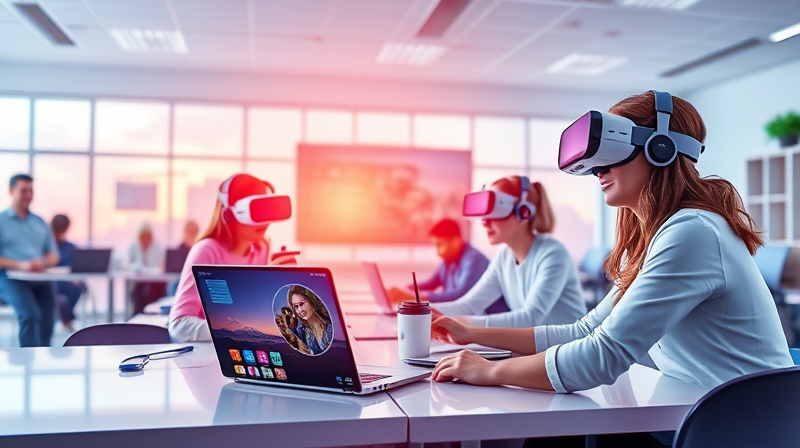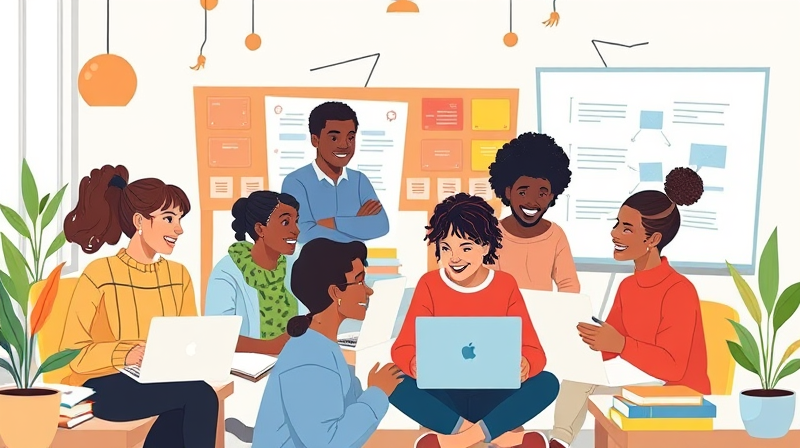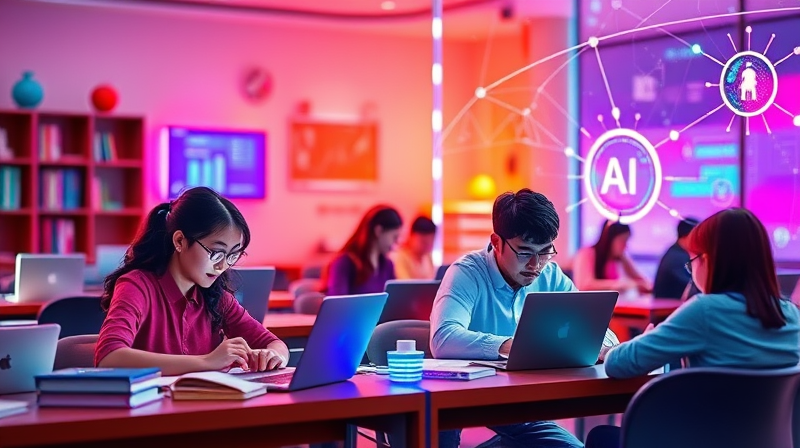In today’s diverse educational landscape, choosing the right learning resource can be both a challenge and an opportunity. Educators and learners alike benefit from materials that are carefully selected and thoughtfully evaluated to match learning objectives, cultural needs, and accessibility requirements. This article offers a comprehensive guide aimed at inspiring individuals to take charge of their learning journey through opinionated yet evidence-based strategies for selecting and evaluating educational content.
When you set out on your quest for the ideal learning resource, it is crucial to consider factors that range from content quality to design style. Your choice of resource not only affects the learning outcomes but also the energy and enthusiasm that learners bring to the table. The right materials can light the spark for curiosity, further exploration, and a deeper understanding of the subject matter.
Understanding the Key Evaluation Criteria
Before investing time and energy, evaluating the resource against specific criteria is essential. These criteria act as signposts along the way to ensure that every aspect of a learning resource is up to standard. Here are some of the most important checkpoints to consider:
- Content Relevance and Quality: The resource should be aligned with established learning goals and devoid of errors. It is important to verify that the content is not only factually correct but also impartial and thoughtfully curated.
- Clarity and Readability: The material needs to be organized logically to ensure that the language, flow, and sequencing are adapted to the learners’ proficiency levels. Materials that are overly complex can distract rather than aid understanding.
- Accessibility: A leading-edge resource should be inclusive, providing equal access for learners with diverse needs. Check for compliance with assistive technology standards and features like close-captioned videos or alt text on images.
- Adaptability and Modularity: Resources that allow flexibility can be updated or modified to align with evolving objectives. Breaking down content into smaller, manageable segments makes reusing materials easier and more efficient.
- Cultural Responsiveness: Reflecting the diversity of learners in both content and presentation is critical. This boosts engagement and builds a more inclusive learning environment.
- Engagement and Design: Well-crafted visuals, interactive aspects, and dynamic elements are integral to tapping into the learner’s curiosity. Students are more likely to retain knowledge when learning is visually and conceptually stimulating.
Each of these points plays a crucial role in shaping a resource that not only meets educational standards but also energizes the learning experience. As you evaluate, consistently ask yourself whether the resource is empowering learners to explore and question.
For instance, a textbook can be incredibly useful if the language is clear and the strategies align with modern pedagogical outcomes. Likewise, interactive digital tools serve as excellent supplementary resources by encouraging students to engage, experiment, and collaborate in problem solving.
Choosing the Appropriate Resource Format
A multifaceted approach to learning requires that you look into various types of resources. Text-based materials offer clear, descriptive content that many learners find accessible and engaging. Videos provide a dynamic representation of knowledge, translating abstract or complex subjects into guided, visual narratives that further hold learners’ attention.
Digital learning tools present another dimension, blending technology with teaching. The interactive nature of these tools allows for immediate feedback and fosters a trial-and-error environment that is essential for deep problem solving. It is vital to choose a format that best aligns with the teaching objectives and complements other resource types.
As you strategically blend resource formats, ensure that every element supports your learning objectives by enabling various avenues to acquire knowledge. Opting for a mix of text, visuals, and interactive components diversifies the learning process, accommodating different learning styles and stimulating overall engagement.
Implementing the Universal Design for Learning (UDL) principles is also a transformative step. UDL calls for multiple means of engagement and representation, ensuring that educational materials are catered to diverse learning abilities. This approach not only elevates the learning experience but also builds a bridge between diverse learner needs and standardized curriculums.
Moreover, the evaluation of Open Educational Resources (OER) adds a new layer of consideration. Often cost-effective and highly adaptable, these materials must be examined for legal reuse, content reliability, and overall ease of access. The combination of UDL, traditional resources, and OER can result in a comprehensive, inclusive learning environment that nurtures continuous growth.
With these guidelines in mind, educators are encouraged to create an environment that values ongoing learning and development. From the initial selection to iterative review processes, it is crucial to build a system that adapts to the needs of learners and the dynamic nature of education. The journey of curating quality learning resources entails continuous review, regularly integrating feedback from peers and students alike.
- Critical Reassessment: Regularly reviewing and updating resources ensures that they remain effective and relevant over time.
- Feedback Integration: Actively seeking feedback from both students and educators leads to improvements and innovative adaptations.
- Collaborative Sharing: Engaging in collaborative practices where educators share insights and experiences can help in refining resource choices.
As we conclude, it is necessary to reiterate that the process of selecting learning resources is as much an art as it is a science. It requires a blend of critical analysis, empathy, and creativity. Each resource, irrespective of its format, should not only serve as a vessel for information but also as a powerful catalyst that promotes new ways of thinking and enables lifelong learning.
Through this comprehensive approach, educators can establish a vibrant learning ecosystem that inspires and accommodates every learner. Embrace the challenge, continuously evaluate, and adapt to ensure that the resources you harness today will mold the innovative, informed minds of tomorrow.







